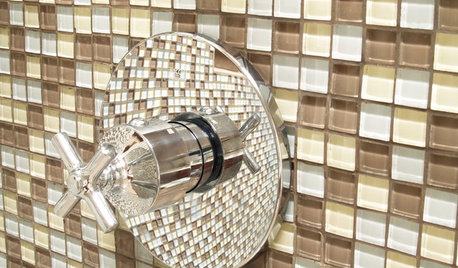Teflon Tape vs. Pipe Thread Compound...
gblentz
17 years ago
Featured Answer
Comments (37)
lazypup
17 years agolast modified: 9 years agoRelated Professionals
Harmony Plumbers · Vienna Handyman · East Tulare County Kitchen & Bathroom Remodelers · Albuquerque Kitchen & Bathroom Remodelers · Avondale Kitchen & Bathroom Remodelers · Brentwood Kitchen & Bathroom Remodelers · Fort Washington Kitchen & Bathroom Remodelers · Franconia Kitchen & Bathroom Remodelers · Honolulu Kitchen & Bathroom Remodelers · Kettering Kitchen & Bathroom Remodelers · Newberg Kitchen & Bathroom Remodelers · Overland Park Kitchen & Bathroom Remodelers · Park Ridge Kitchen & Bathroom Remodelers · Saint Helens Kitchen & Bathroom Remodelers · Winchester Kitchen & Bathroom Remodelersjakethewonderdog
17 years agolast modified: 9 years agolazypup
17 years agolast modified: 9 years agomr_havac
17 years agolast modified: 9 years agogblentz
17 years agolast modified: 9 years agopjb999
17 years agolast modified: 9 years agolazypup
17 years agolast modified: 9 years agojca1
17 years agolast modified: 9 years agopjb999
17 years agolast modified: 9 years agoKevin Garabedian
17 years agolast modified: 9 years agomrplumber101
16 years agolast modified: 9 years agobrickeyee
16 years agolast modified: 9 years agomarknmt
16 years agolast modified: 9 years agojason1083
16 years agolast modified: 9 years agomarknmt
16 years agolast modified: 9 years agorockoc
16 years agolast modified: 9 years agolazypup
16 years agolast modified: 9 years agojca1
16 years agolast modified: 9 years agomatt_r
16 years agolast modified: 9 years agojason1083
16 years agolast modified: 9 years agomatt_r
16 years agolast modified: 9 years agorbjohansen
16 years agolast modified: 9 years agosaxmaan1
16 years agolast modified: 9 years agotintin55
16 years agolast modified: 9 years agodan33
15 years agolast modified: 9 years agobrickeyee
15 years agolast modified: 9 years agodan33
15 years agolast modified: 9 years agomspitza
14 years agolast modified: 9 years agolazypup
14 years agolast modified: 9 years agofranklinz
13 years agolast modified: 9 years agogpbruc_comcast_net
13 years agolast modified: 9 years agoTAB29_aol_com
12 years agolast modified: 9 years agoalphonse
12 years agolast modified: 9 years agoTAB29_aol_com
12 years agolast modified: 9 years agoGaryJay
12 years agolast modified: 9 years agoalphonse
12 years agolast modified: 9 years ago
Related Stories

WORKING WITH PROSHow to Work With a Plumber
Follow these guidelines, and your plumbing job will flow as smoothly as water through clean pipes
Full Story
GREAT HOME PROJECTSHow to Switch to a Tankless Water Heater
New project for a new year: Swap your conventional heater for an energy-saving model — and don’t be fooled by misinformation
Full Story
BATHROOM DESIGNConvert Your Tub Space to a Shower — the Fixtures-Shopping Phase
Step 2 in swapping your tub for a sleek new shower: Determine your mechanical needs and buy quality fixtures
Full Story
KITCHEN DESIGNShow Us Your Fabulous DIY Kitchen
Did you do a great job when you did it yourself? We want to see and hear about it
Full Story
DECORATING GUIDESBulletproof Decorating: Upholstery That Stands Up to Anything
Kids and pets are no match for fabrics as durable as these, which meet higher style standards than ever
Full Story
FUN HOUZZDoes Your Home Have a Hidden Message?
If you have ever left or found a message during a construction project, we want to see it!
Full StorySponsored
Central Ohio's Trusted Home Remodeler Specializing in Kitchens & Baths
More Discussions







castoff